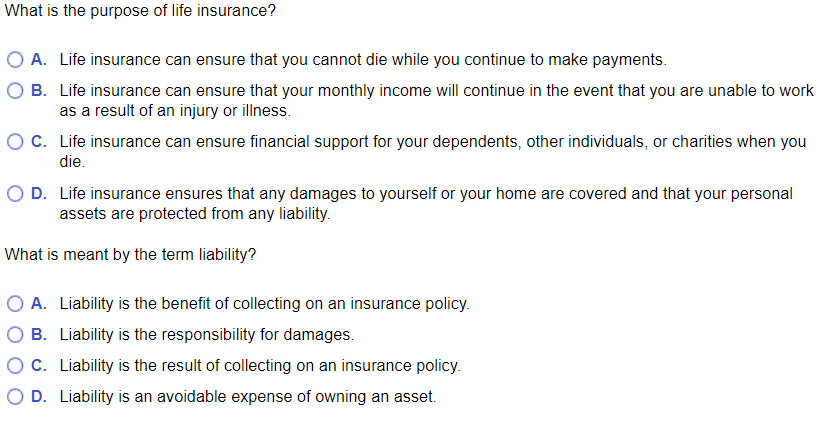Pacific Prime for Dummies
Pacific Prime for Dummies
Blog Article
Some Known Details About Pacific Prime
Table of ContentsPacific Prime for BeginnersThe 5-Minute Rule for Pacific PrimeFacts About Pacific Prime RevealedNot known Details About Pacific Prime
In the majority of states, the insurance company is called for to send you a duplicate of the adjustments to your policy. It is necessary that you review Endorsements or Riders so you recognize just how your plan has actually transformed and if the plan is still ample to fulfill your demands. To get a duplicate of your insurance coverage, please call your insurance agent or firm.
The Institute of Medication (IOM) Committee on the Repercussions of Uninsurance launches an extensive examination of proof that addresses the importance of health insurance protection with the publication of this record. Insurance coverage Matters is the very first in a series of 6 records that will certainly be released over the next two years recording the fact and repercussions of having actually an approximated 40 million people in the USA without medical insurance coverage.

The Definitive Guide for Pacific Prime
The goal of this collection of studies is to redouble policy interest on a historical problem. Adhering to the longest economic development in American history, in 1999, an approximated one out of every 6 Americans32 million grownups under the age of 65 and more than 10 million childrenremains without insurance (Mills, 2000).

Ten percent of the populace make up 70 percent of healthcare expenses, a correlation that has actually stayed constant over the past 3 decades (Berk and Monheit, 2001) - international health insurance. Therefore medical insurance remains to offer the feature of spreading threat even as it increasingly finances routine care. From the point of view of healthcare carriers, insurance carried by their clients aids safeguard an earnings stream, and neighborhoods benefit from economically feasible and stable health and wellness care professionals and institutions
Government offers health and wellness insurance policy to populaces whom the exclusive market might not offer properly, such as impaired and seniors, and populaces whose accessibility to health and wellness care is socially valued, such as youngsters and pregnant females. The best ends of medical insurance coverage for the individual and communities, including workplace communities of staff members and employers, are boosted wellness results and lifestyle.
Pacific Prime - Truths
Staff members rate medical insurance initially by much in value among all the advantages offered in the workplace (Salisbury, 2001). Although there have been substantial investments of individual and public funds to offer health insurance policy, lots of people still have no insurance coverage. Despite considerable reporting of survey searchings for and healthcare research results, the public continues to be confused and mistaken concerning Americans without health insurance coverage and the effects of lacking coverage.

Without doubt, the complexity of American health treatment funding devices and the wealth of resources of details include to the public's confusion and skepticism regarding medical insurance stats and their interpretation. This record and those that will certainly comply with purpose to boil down go now and offer in easily understandable terms the substantial study that bears upon concerns of medical insurance protection and its value.
Fifty-seven percent of Americans questioned in 1999 thought that those without health and wellness insurance are "able to get the treatment they require from doctors and healthcare facilities" (Blendon et al., 1999, p. 207). In 1993, when nationwide interest was concentrated on the issues of the uninsured and on pending health and wellness care legislation, just 43 percent of those polled held this idea (Blendon et al., 1999).

They also receive fewer preventive services and are less most likely to have routine look after persistent conditions such as high blood pressure and diabetes. Chronic conditions can bring about pricey and disabling difficulties if they are not well taken care of (Lurie et al., 1984; Lurie et al., 1986; Ayanian et al., 2000). One national survey asked more than 3,400 grownups regarding 15 highly serious or morbid problems.
Examine This Report about Pacific Prime
Extra proof is provided later on in this chapter in the conversation of insurance and accessibility to health treatment. https://www.quora.com/profile/Freddy-Smith-136. Individuals without medical insurance are young and healthy and balanced and select to go without insurance coverage. Practically half (43 percent) of those evaluated in 2000 believed that individuals without medical insurance are more probable to have health and wellness troubles than people with insurance
Voters and plan manufacturers in focus group conversations identify those without insurance coverage as young people that have the chance to be covered and feel they do not require it (Porter Novelli, 2001). Contrasted to those with at the very least some private protection, the without insurance are less likely to report remaining in outstanding or really great health (Company for Medical Care Research and High Quality, 2001).
SOURCE: Center for Expense and Funding Researches, Agency for Health Care Study and Top quality, based upon MEPS data. Young adults in between 19 and 34 are far a lot more most likely to do not have wellness insurance coverage than any other age group. This is chiefly since they are much less often qualified for employment-based insurance policy as a result of the nature of their job or their short tenure in it.
The understanding that individuals without insurance policy have better-than-average wellness follows from puzzling the fairly young age account of the without insurance with the far better health, usually, of younger persons. This obscures the link between health status and medical insurance. For those without accessibility to office health and wellness insurance, inadequate health is a potential barrier to purchasing nongroup coverage because such coverage might be extremely priced, exclude preexisting conditions, or be simply unavailable.
Report this page